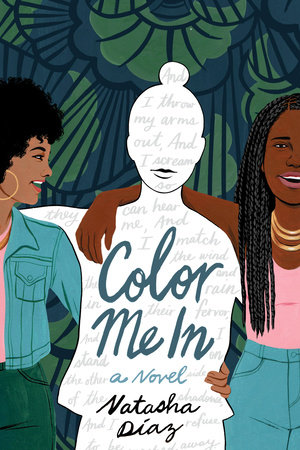Breaking the Ocean: A Memoir of Race, Rebellion, and ReconciliationPosted in Autobiography, Biography, Books, Canada, Media Archive, Monographs, Social Justice on 2019-08-20 18:17Z by Steven |
Breaking the Ocean: A Memoir of Race, Rebellion, and Reconciliation
House of Anansi Press
2019-08-20
280 pages
8.5 in × 5.5 in
Paperback ISBN: 9781487006471
Ebook ISBN: 9781487006488
Annahid Dashtgard was born into a supportive mixed-race family in 1970s Iran. Then came the 1979 Islamic Revolution, which ushered in a powerful and orthodox religious regime. Her family was forced to flee their homeland, immigrating to a small town in Alberta, Canada. As a young girl, Dashtgard was bullied, shunned, and ostracized by both her peers at school and adults in the community. Home offered little respite as her parents were embroiled in their own struggles, exposing the sharp contrasts between her British mother and Persian father.
Determined to break free from her past, Dashtgard created a new identity for herself as a driven young woman who found strength through political activism, eventually becoming a leader in the anti–corporate globalization movement of the late 1990s. But her unhealed trauma was re-activated following the 9/11 terrorist attacks. Suffering burnout, Dashtgard checked out of her life and took the first steps towards personal healing, a journey that continues to this day.
Breaking the Ocean introduces a unique perspective on how racism and systemic discrimination result in emotional scarring and ongoing PTSD. It is a wake-up call to acknowledge our differences, offering new possibilities for healing and understanding through the revolutionary power of resilience. Dashtgard answers the universal questions of what it means to belong, what it takes to become whole, and ultimately what is required to create change in ourselves and in society.



/https://public-media.si-cdn.com/filer/28/f9/28f919ff-40e1-4d7f-bcdb-7119dd7d7c1e/sep2019_e05_prologue_copy.jpg)




